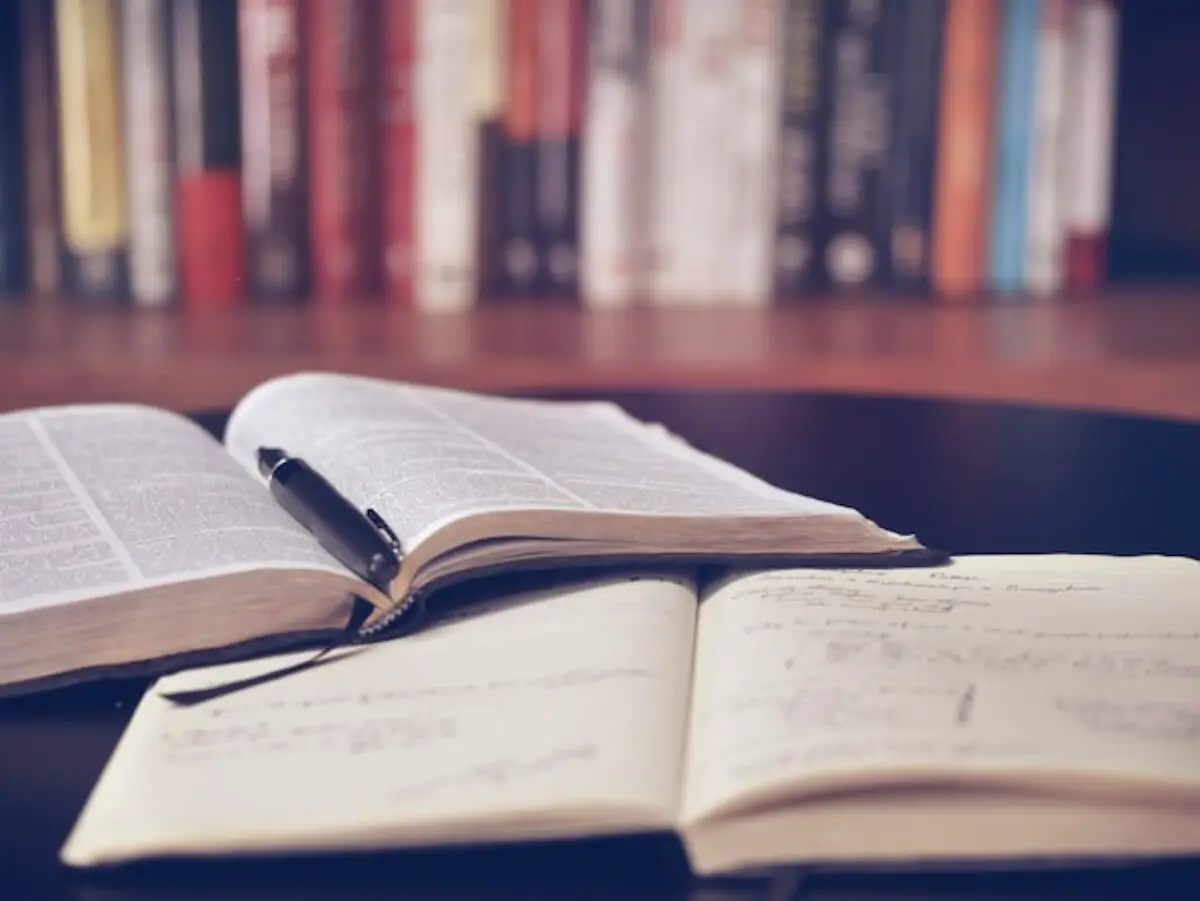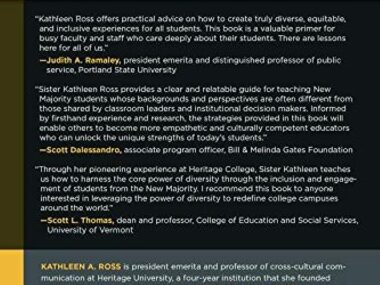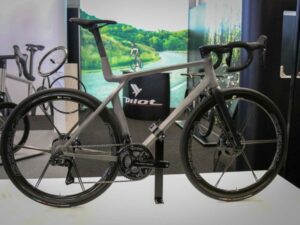Kinesthetic learners can benefit from study techniques that involve movement and hands-on activities. These techniques enhance their learning experience and retention.
We will explore effective study strategies for kinesthetic learners. Kinesthetic learners have a unique learning style that requires physical movement and engagement with their surroundings. They learn best through hands-on activities and interactive experiences. To study effectively, kinesthetic learners should incorporate techniques that involve physical movement, such as: 1.
Role-playing or acting out concepts to understand them better. 2. Using manipulatives or objects to represent information. 3. Taking frequent breaks to engage in physical activities that help them refocus and energize. 4. Utilizing study aids like flashcards or mind maps that involve movement. By using these study techniques, kinesthetic learners can optimize their learning experience and improve their understanding and retention of information. Let’s delve deeper into each technique to better understand how they can be utilized effectively.

Credit: www.onlinecareerpaths.com
Embracing Movement In Your Learning Process
Embracing movement during the learning process can greatly benefit kinesthetic learners. By incorporating physical activities into studying, such as walking while reviewing notes or using a fidget toy during lectures, kinesthetic learners can engage their bodies and minds simultaneously. This hands-on approach allows for a deeper understanding and retention of information.
Additionally, actively engaging in hands-on learning experiences, like experiments or creating models, provides kinesthetic learners with a tangible way to grasp abstract concepts. The combination of movement and physical engagement helps these learners better connect with the material, leading to improved learning outcomes.
So, next time you find yourself studying, don’t shy away from incorporating movement and hands-on activities into your routine. It’s a powerful technique for optimizing your learning experience as a kinesthetic learner.
Utilizing Multisensory Methods
Utilizing multisensory methods is crucial for kinesthetic learners to effectively study. By combining visual, auditory, and tactile elements, students can engage their senses and improve retention. One way to achieve this is by creating interactive study materials that incorporate different sensory inputs.
For example, using flashcards with images and accompanying audio recordings can help reinforce concepts. Additionally, exploring the use of educational technology can further enhance the learning experience. Virtual reality simulations, online quizzes, and interactive apps provide kinesthetic learners with hands-on opportunities to explore and understand various subjects.
These multisensory techniques not only cater to the learning style of kinesthetic individuals but also make studying more enjoyable and effective for all students. By incorporating different sensory elements into their study routines, kinesthetic learners can maximize their academic potential and achieve greater success.
Creating A Structured Learning Environment
Creating an environment that supports structured learning enables kinesthetic learners to excel. By organizing their study space, they can optimize their learning potential. Additionally, establishing a routine helps enhance their focus and concentration. Utilizing study aids and tools, such as flashcards or visual aids, can further aid in information retention.
These techniques are especially beneficial for kinesthetic learners who thrive in hands-on, interactive learning experiences. By adopting these strategies, students can create a conducive space that caters to their unique learning style, ultimately optimizing their study sessions and maximizing their academic performance.
Conclusion
Kinesthetic learners have unique study techniques that leverage their physical and tactile senses to enhance their learning experience. By incorporating movement, hands-on activities, and interactive methods into their study routines, kinesthetic learners can optimize their retention and understanding of information.
These techniques include using flashcards, turning information into a physical activity, incorporating gestures or actions while studying, and engaging in hands-on experiments or projects. It is important for kinesthetic learners to create a study environment that allows for movement and exploration, such as standing desks or fidget tools.
Additionally, the use of technology, such as educational apps and online interactive resources, can provide kinesthetic learners with further opportunities to engage their senses and facilitate their learning process. By implementing these study techniques, kinesthetic learners can unlock their full potential and achieve academic success.
So, embrace your unique style of learning and make the most out of your kinesthetic abilities!










